Home>Furniture & Design>Interior Design Trends>How To Seal Glass In Window Frame
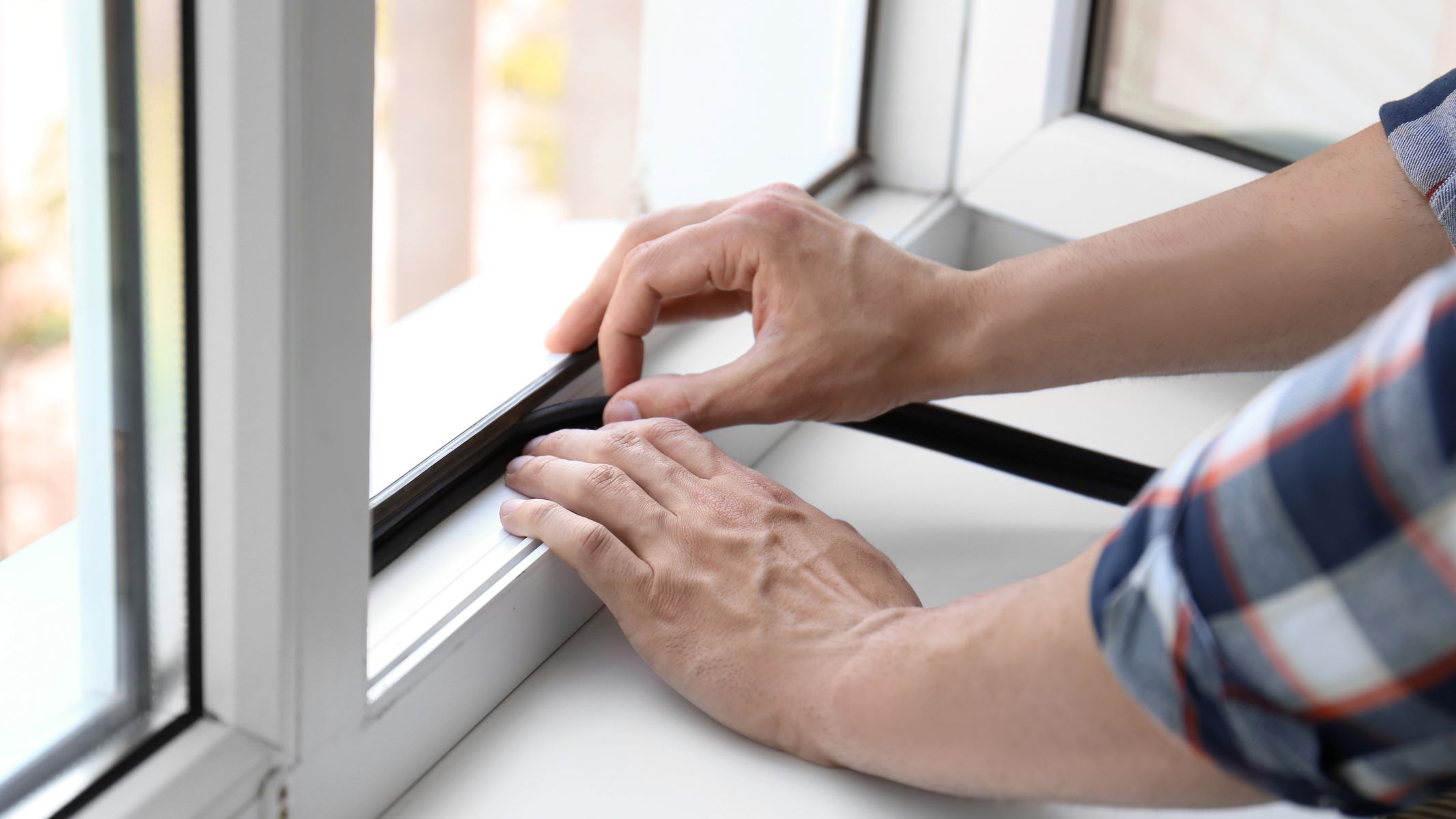

Interior Design Trends
How To Seal Glass In Window Frame
Published: February 4, 2024
Learn how to seal glass in window frames to enhance your interior design. Discover the latest interior design trends for a stylish and functional home.
(Many of the links in this article redirect to a specific reviewed product. Your purchase of these products through affiliate links helps to generate commission for Storables.com, at no extra cost. Learn more)
Introduction
Properly sealed glass in window frames is essential for maintaining a comfortable and energy-efficient living space. Over time, the sealant around the glass can deteriorate, leading to air leaks, moisture infiltration, and decreased insulation. This not only compromises the aesthetic appeal of the windows but also impacts the overall energy efficiency of the home.
In this comprehensive guide, we will walk you through the process of sealing glass in window frames, providing step-by-step instructions and valuable insights to help you achieve a professional-quality seal. Whether you are a seasoned DIY enthusiast or a homeowner looking to tackle this project for the first time, this guide will equip you with the knowledge and confidence to effectively seal the glass in your window frames.
By understanding the importance of maintaining a proper seal, gathering the necessary tools and materials, and following the outlined steps, you can enhance the functionality and appearance of your windows while contributing to a more energy-efficient and comfortable living environment. Let's dive into the details of how to seal glass in window frames and take the first step toward improving the performance and aesthetics of your home.
Key Takeaways:
- Properly sealed window frames enhance energy efficiency, protect against moisture, and improve comfort and aesthetics. Follow the steps to seal glass in window frames for a more sustainable and visually appealing living space.
- By meticulously removing old sealant, cleaning the window frame and glass, and applying new sealant, homeowners can achieve a professional-quality seal. This contributes to energy efficiency, moisture protection, and overall window performance.
Understanding the Importance of Sealing Glass in Window Frame
Properly sealed glass in window frames plays a crucial role in maintaining the integrity and functionality of windows within a home. The sealant around the glass serves as a protective barrier, safeguarding the interior of the house from external elements while contributing to energy efficiency and overall comfort. Understanding the significance of maintaining a secure seal is essential for homeowners seeking to preserve the condition and performance of their windows.
Energy Efficiency
A well-sealed window frame prevents air leakage and minimizes heat transfer, which is particularly vital for regulating indoor temperatures. During hot summers or cold winters, inadequately sealed windows can lead to energy loss as conditioned air escapes and outside air infiltrates the interior space. This can result in increased energy consumption as heating and cooling systems work harder to maintain desired temperatures. By ensuring a tight seal around the glass, homeowners can reduce energy costs and create a more sustainable living environment.
Moisture Protection
Effective sealing of glass in window frames acts as a barrier against moisture infiltration. Rain, snow, and humidity can pose a threat to the structural integrity of a home if water seeps through poorly sealed windows. Moisture accumulation can lead to mold growth, wood rot, and damage to interior surfaces. By maintaining a secure seal, homeowners can mitigate the risk of water-related issues and preserve the longevity of their windows and surrounding structures.
Enhanced Comfort
In addition to energy efficiency and moisture protection, a properly sealed window frame contributes to overall comfort within the home. By preventing drafts and minimizing outdoor noise infiltration, a tight seal around the glass promotes a more tranquil and comfortable indoor environment. This is especially beneficial for homeowners seeking to create a peaceful and insulated living space.
Read more: How To Replace Window Glass In Vinyl Frame
Aesthetic Appeal
Beyond functional benefits, the visual appeal of windows is also impacted by the condition of the sealant around the glass. Cracked, deteriorated, or missing sealant can detract from the overall aesthetics of the windows and the home's exterior. By maintaining a well-sealed appearance, homeowners can enhance the curb appeal and overall attractiveness of their property.
Understanding the multifaceted importance of sealing glass in window frames underscores the value of regular maintenance and the implementation of proper sealing techniques. By prioritizing the integrity of window seals, homeowners can enjoy improved energy efficiency, protection against moisture damage, enhanced comfort, and an aesthetically pleasing living environment.
Tools and Materials Needed
Before embarking on the process of sealing glass in window frames, it is essential to gather the necessary tools and materials to ensure a smooth and efficient workflow. Here's a comprehensive list of items you will need to complete the project successfully:
Tools:
- Utility Knife: Used for cutting and removing old sealant from the window frame.
- Caulking Gun: Essential for applying new sealant with precision and control.
- Putty Knife: Helps in scraping off old sealant and smoothing the new sealant for a professional finish.
- Cleaning Supplies: Including a sponge, mild detergent, and clean cloths for preparing the window frame and glass surface.
- Painter's Tape: Used to mask off the surrounding areas of the window frame to prevent accidental sealant application.
- Safety Gloves: Protect your hands while working with sealants and cleaning solutions.
Materials:
- Glass Sealant: Choose a high-quality, weather-resistant sealant suitable for the specific requirements of your window frame material (e.g., wood, metal, or vinyl).
- Mineral Spirits: Used for cleaning and preparing the window frame surface before applying the new sealant.
- Sandpaper: Helps in smoothing the window frame surface and removing any residual sealant.
- Newspaper or Drop Cloth: To protect the surrounding area from potential drips or spills during the sealing process.
- Safety Goggles: Protect your eyes from debris and sealant particles during the removal and application process.
By ensuring that you have the appropriate tools and materials on hand, you can streamline the process of sealing glass in window frames and achieve professional-quality results. Proper preparation and utilization of the right equipment are essential for a successful and effective sealing project.
Read more: How To Seal A Basement Window
Step 1: Removing Old Sealant
The first crucial step in sealing glass in window frames is the meticulous removal of the old sealant. Over time, sealant can deteriorate, becoming brittle, cracked, or discolored, compromising its effectiveness. To ensure a proper seal and optimal adhesion for the new sealant, it is imperative to thoroughly remove the old sealant from the window frame.
Begin by carefully examining the window frame to identify areas where the old sealant is failing or has become damaged. Using a utility knife, gently score along the edges of the old sealant, taking care not to damage the frame or glass. This process helps to loosen the sealant and prepare it for removal.
Once the sealant is scored, use a putty knife to carefully pry and lift the old sealant from the window frame. Work methodically, applying gentle pressure to avoid causing any damage to the frame or glass. It is essential to remove all remnants of the old sealant to create a clean and smooth surface for the new sealant to adhere to effectively.
After the majority of the old sealant has been removed, utilize sandpaper to gently sand any remaining traces of sealant on the window frame. This step ensures that the surface is free from any residual sealant, promoting optimal adhesion for the new sealant.
To complete the process of removing the old sealant, use mineral spirits and a clean cloth to thoroughly clean the window frame. This step removes any remaining debris, grease, or residue, preparing the surface for the application of the new sealant.
By meticulously removing the old sealant, homeowners can lay the foundation for a successful sealing project, ensuring that the new sealant adheres securely and provides the necessary protection and insulation for the window. This meticulous approach sets the stage for the subsequent steps in the sealing process, ultimately contributing to the overall effectiveness and longevity of the window seal.
Step 2: Cleaning the Window Frame and Glass
After successfully removing the old sealant, the next critical step in the process of sealing glass in window frames is thorough cleaning. This step is essential to ensure that the window frame and glass surface are free from dirt, debris, and any residual sealant, creating an optimal environment for the application of the new sealant.
Begin by inspecting the window frame and glass surface to identify any remaining traces of old sealant, dust, or grime. Using a mild detergent and warm water, thoroughly clean the window frame, paying close attention to the areas where the old sealant was removed. A sponge or soft brush can be used to gently scrub the surface, ensuring that all debris and residue are effectively removed.
Once the window frame is clean, it is important to focus on the glass surface. Prepare a solution of mild detergent and warm water, and carefully clean the glass using a soft cloth or sponge. Pay attention to any stubborn spots or residue on the glass, ensuring that the entire surface is free from dirt and grime. Additionally, using a glass cleaner can provide a streak-free finish, enhancing the overall appearance of the window.
After cleaning the window frame and glass, it is crucial to remove any cleaning residue and ensure that both surfaces are completely dry before proceeding to the next step. Use clean, dry cloths to thoroughly dry the window frame and glass, eliminating any moisture that could interfere with the adhesion of the new sealant.
By meticulously cleaning the window frame and glass surface, homeowners can create an ideal foundation for the application of the new sealant. A clean and dry surface promotes optimal adhesion, ensuring that the new sealant forms a secure and effective barrier around the glass. This attention to detail during the cleaning process contributes to the overall success and longevity of the window seal, enhancing the energy efficiency and aesthetic appeal of the windows within the home.
Step 3: Applying New Sealant
With the window frame and glass surface meticulously prepared, the next pivotal step in the process of sealing glass in window frames is the precise application of new sealant. This step is crucial in establishing a durable and effective barrier around the glass, contributing to enhanced energy efficiency, moisture protection, and overall window performance.
Begin by loading the chosen glass sealant into a caulking gun, ensuring that the nozzle is cut at an angle to allow for controlled application. Carefully position the caulking gun at a 45-degree angle to the window frame and apply a steady, even bead of sealant along the perimeter of the glass. Take care to maintain a consistent pressure on the caulking gun to achieve a uniform sealant line.
As you apply the sealant, work in manageable sections, approximately 2-3 feet in length, to ensure that the sealant remains workable as you proceed. Use smooth and steady motions to guide the caulking gun along the window frame, maintaining a continuous and even application of the sealant. Pay close attention to any gaps or areas where the sealant may require additional coverage, ensuring comprehensive protection around the entire perimeter of the glass.
After applying the sealant, utilize a putty knife to carefully smooth and shape the sealant, ensuring that it adheres securely to the window frame and forms a tight seal around the glass. This step helps to eliminate air pockets and promote optimal adhesion, contributing to the overall effectiveness of the sealant.
In the event of any excess sealant or uneven application, promptly remove the surplus sealant using a putty knife or a damp cloth. This meticulous approach ensures a clean and professional finish, enhancing the visual appeal of the window while maintaining the functionality of the sealant.
By methodically applying the new sealant, homeowners can establish a robust and long-lasting barrier around the glass in the window frame. The precision and attention to detail during the application process are instrumental in creating an effective seal that contributes to energy efficiency, moisture protection, and the overall performance of the windows within the home. This step sets the stage for the final phase of the sealing process, ultimately enhancing the functionality and aesthetics of the windows.
Step 4: Smoothing and Finishing the Sealant
After the precise application of the new sealant, the final critical step in sealing glass in window frames is the meticulous process of smoothing and finishing the sealant. This step is essential to ensure that the sealant adheres securely to the window frame, forms a tight and uniform barrier around the glass, and contributes to the overall aesthetics and functionality of the windows within the home.
Using a putty knife or a specialized caulking tool, carefully run the tool along the freshly applied sealant to smooth and shape it, ensuring that it conforms seamlessly to the contours of the window frame. This process helps to eliminate any unevenness or excess sealant, creating a clean and professional finish that enhances the visual appeal of the window.
Pay close attention to the corners and edges of the window frame, ensuring that the sealant is uniformly distributed and free from any gaps or inconsistencies. By meticulously smoothing the sealant, homeowners can achieve a seamless and polished appearance, elevating the overall aesthetics of the window while reinforcing the effectiveness of the seal.
In the event of any imperfections or irregularities in the sealant, utilize a damp cloth or sponge to gently refine the surface, removing any excess sealant or smoothing out any uneven areas. This attention to detail contributes to a flawless finish, ensuring that the sealant not only provides optimal protection and insulation but also enhances the overall visual appeal of the window.
Once the sealant has been smoothed and shaped to satisfaction, allow it to cure according to the manufacturer's recommendations. This curing period is crucial for the sealant to achieve its full strength and durability, ultimately contributing to a long-lasting and effective seal around the glass in the window frame.
By meticulously smoothing and finishing the sealant, homeowners can elevate the overall quality and performance of their windows. This final step in the sealing process not only enhances the visual appeal of the windows but also ensures that the sealant forms a robust and durable barrier, contributing to improved energy efficiency, moisture protection, and the longevity of the window seal.
Use a high-quality silicone sealant to seal the glass in the window frame. Clean the area thoroughly before applying the sealant and make sure to follow the manufacturer’s instructions for best results.
Read more: How To Seal A Glass Jar
Conclusion
In conclusion, the process of sealing glass in window frames is a fundamental aspect of home maintenance that significantly impacts energy efficiency, moisture protection, and overall comfort. By understanding the importance of maintaining a secure seal, homeowners can take proactive steps to preserve the integrity and functionality of their windows.
The meticulous removal of old sealant, thorough cleaning of the window frame and glass surface, precise application of new sealant, and the meticulous smoothing and finishing of the sealant are essential steps in achieving a professional-quality seal. Each phase of the sealing process contributes to the overall effectiveness and longevity of the window seal, ultimately enhancing the performance and aesthetics of the windows within the home.
Properly sealed window frames play a pivotal role in energy efficiency by preventing air leakage and minimizing heat transfer, resulting in reduced energy consumption and lower utility costs. Additionally, the protection against moisture infiltration safeguards the structural integrity of the home, mitigating the risk of water-related damage and preserving the longevity of the windows and surrounding structures.
Furthermore, a well-sealed window frame contributes to enhanced comfort within the home by minimizing drafts and reducing outdoor noise infiltration, creating a tranquil and insulated living environment. The visual appeal of windows is also significantly improved by maintaining a well-sealed appearance, enhancing the overall aesthetics and curb appeal of the property.
By following the outlined steps and prioritizing the maintenance of window seals, homeowners can contribute to a more sustainable and comfortable living environment while extending the lifespan of their windows. Regular inspection and maintenance of window seals are essential practices for preserving the functionality and aesthetics of windows, ultimately enhancing the overall quality of the home.
Incorporating the knowledge and techniques outlined in this guide empowers homeowners to take proactive measures in maintaining the integrity of their windows, contributing to a more energy-efficient, comfortable, and visually appealing living space. By recognizing the significance of sealing glass in window frames and implementing the recommended practices, homeowners can make a tangible impact on the performance and longevity of their windows, ultimately enhancing the quality of their living environment.
Frequently Asked Questions about How To Seal Glass In Window Frame
Was this page helpful?
At Storables.com, we guarantee accurate and reliable information. Our content, validated by Expert Board Contributors, is crafted following stringent Editorial Policies. We're committed to providing you with well-researched, expert-backed insights for all your informational needs.

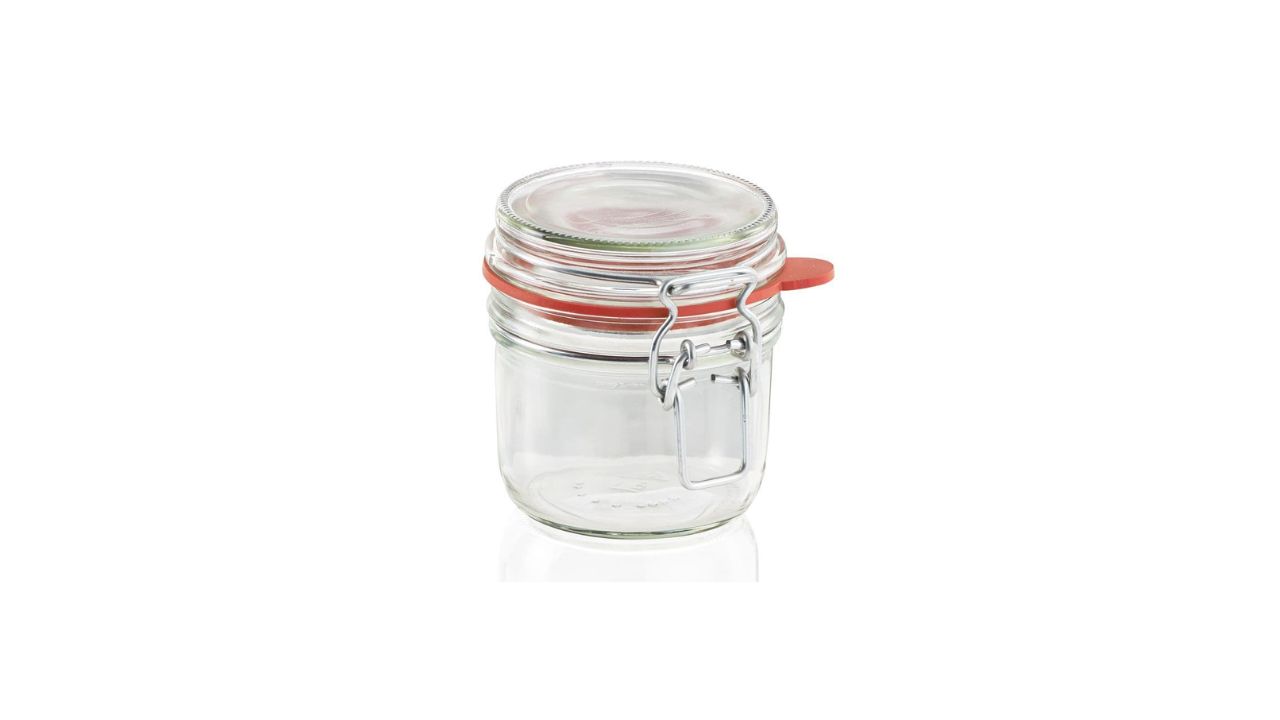
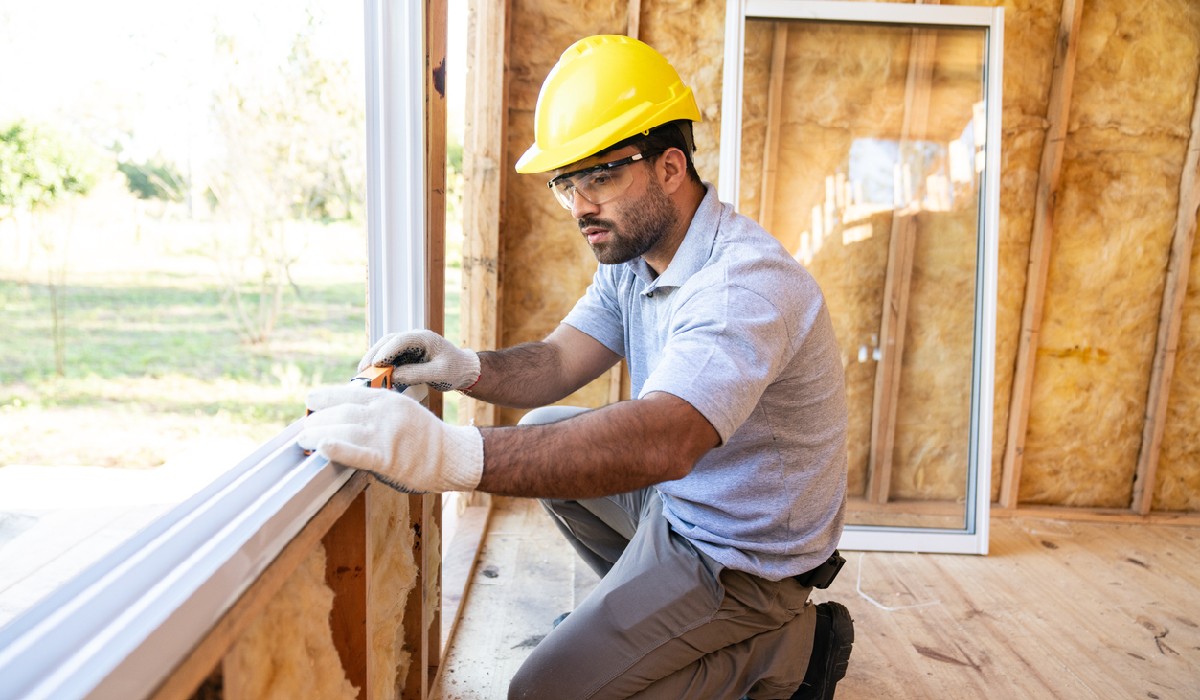
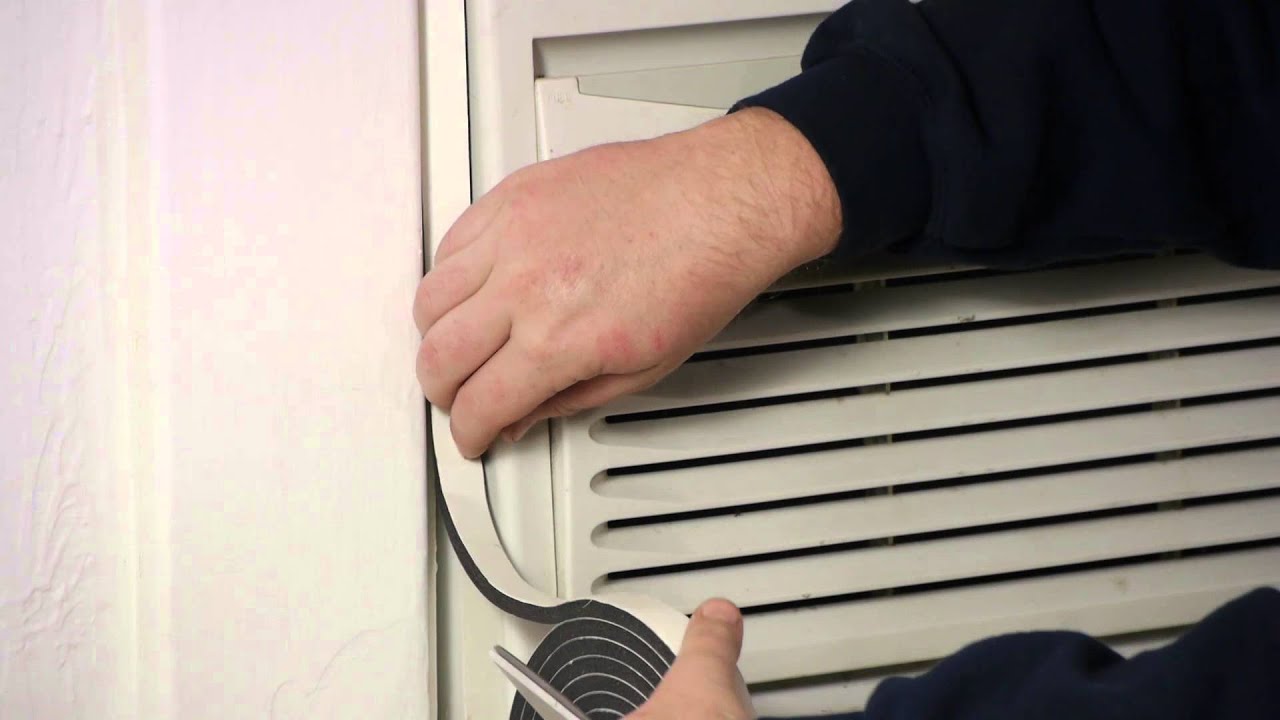

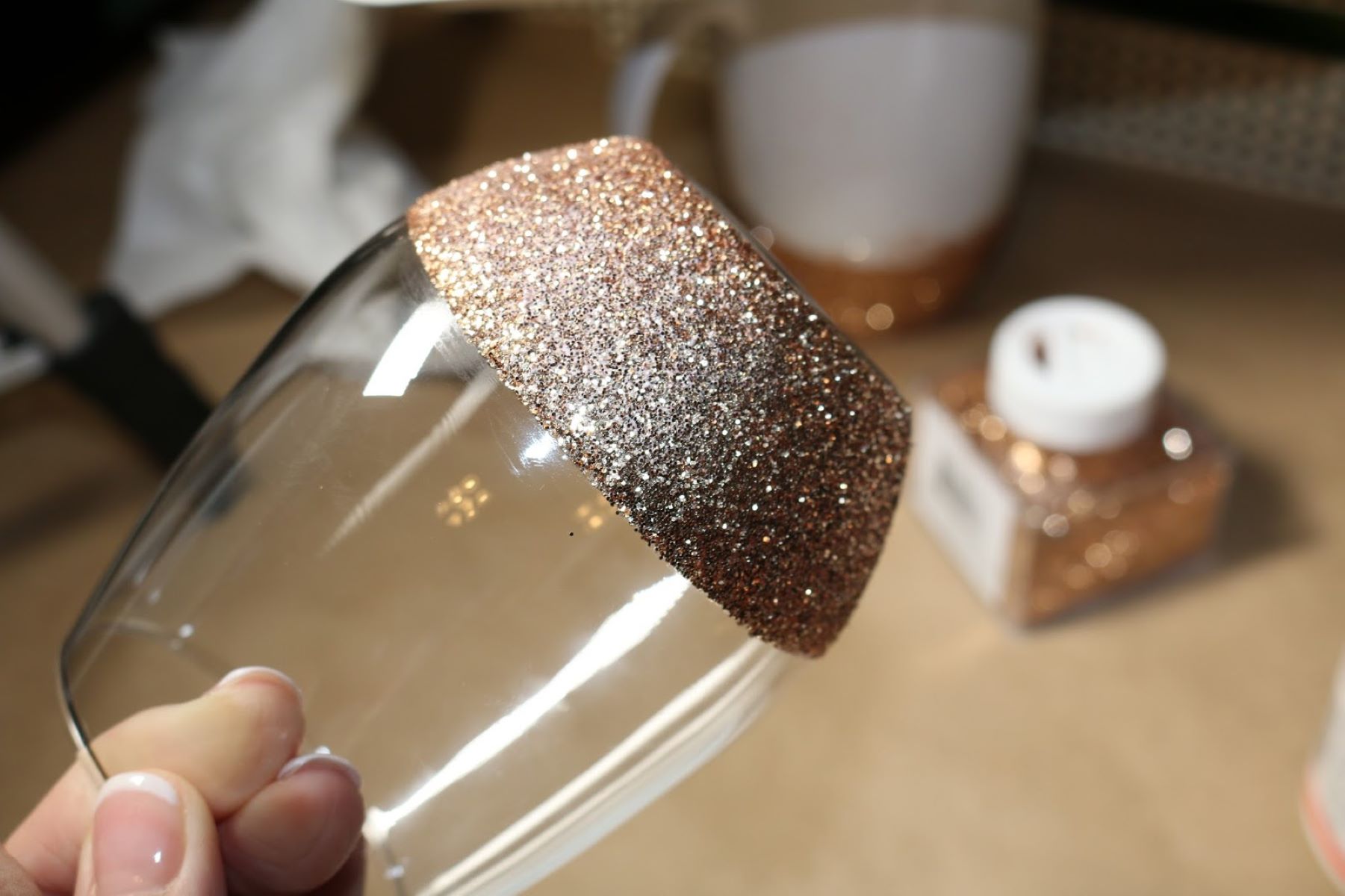
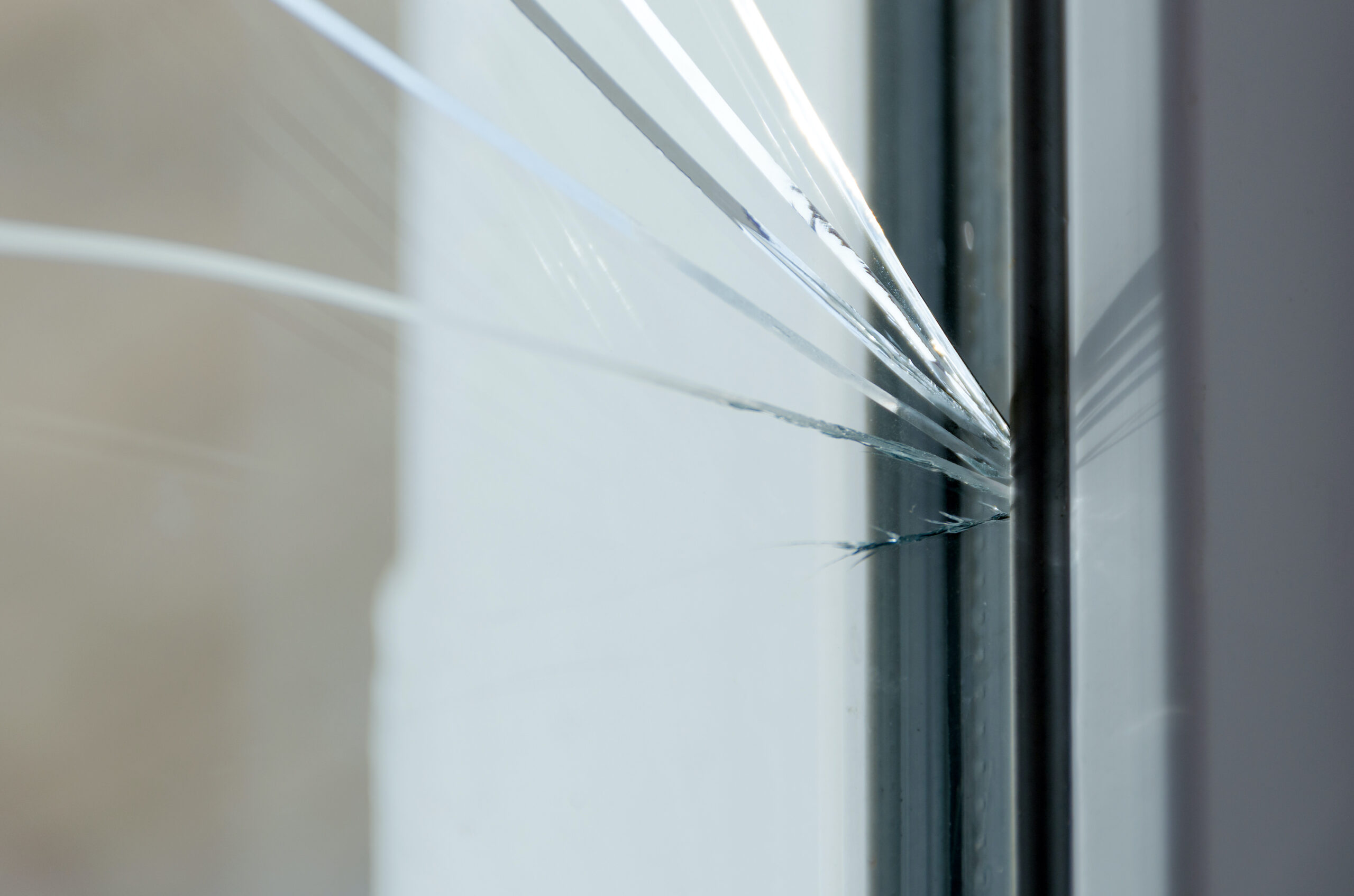


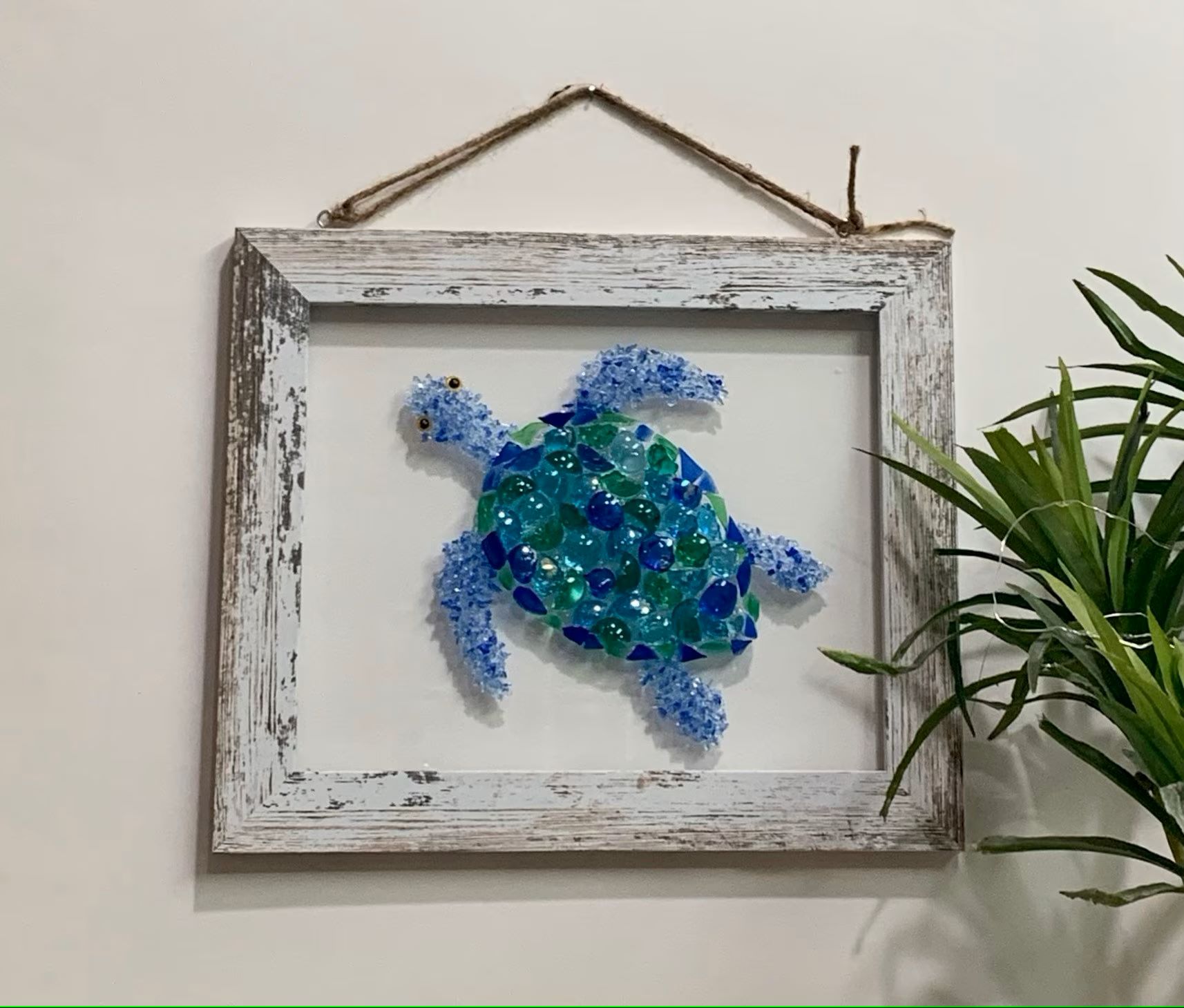
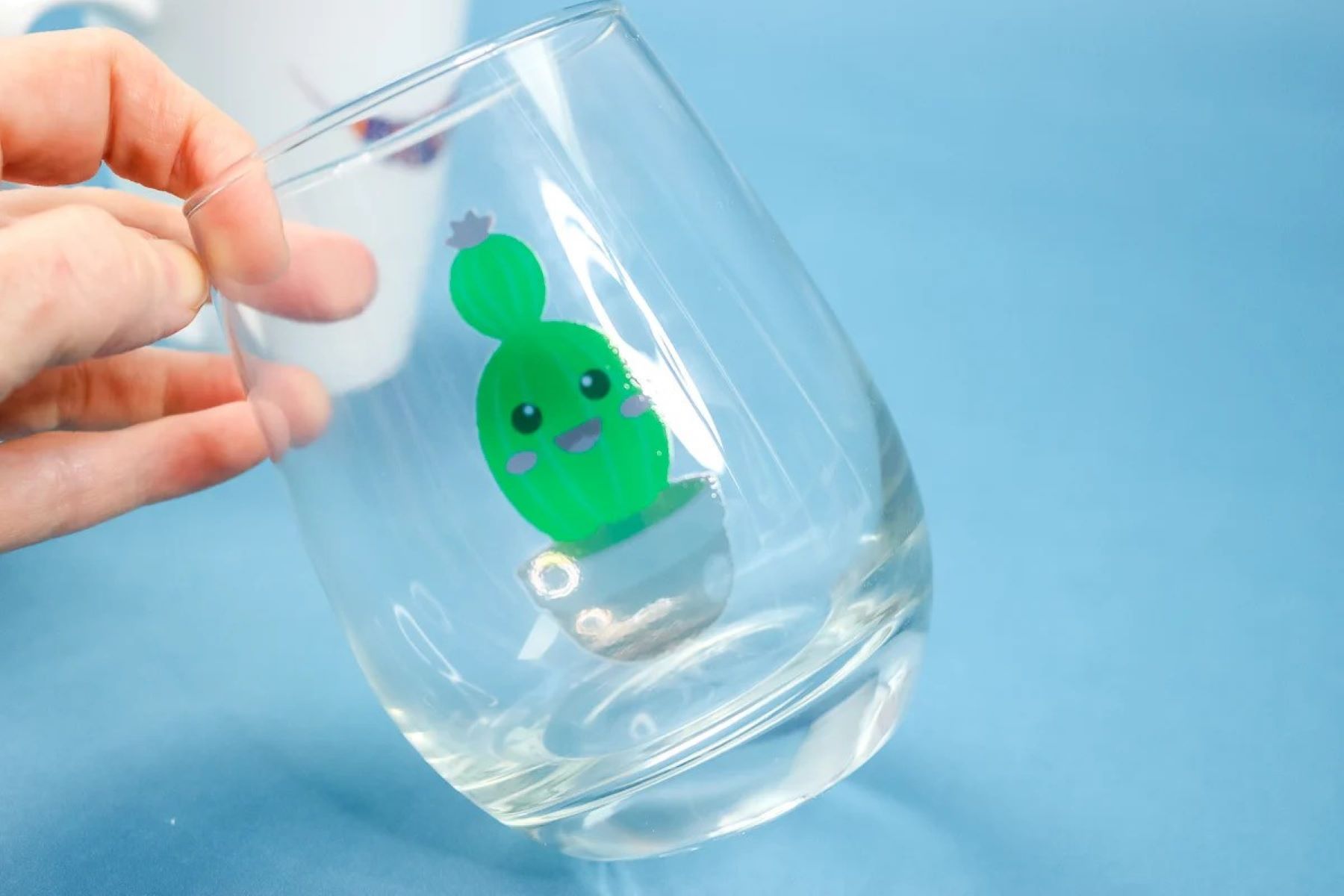
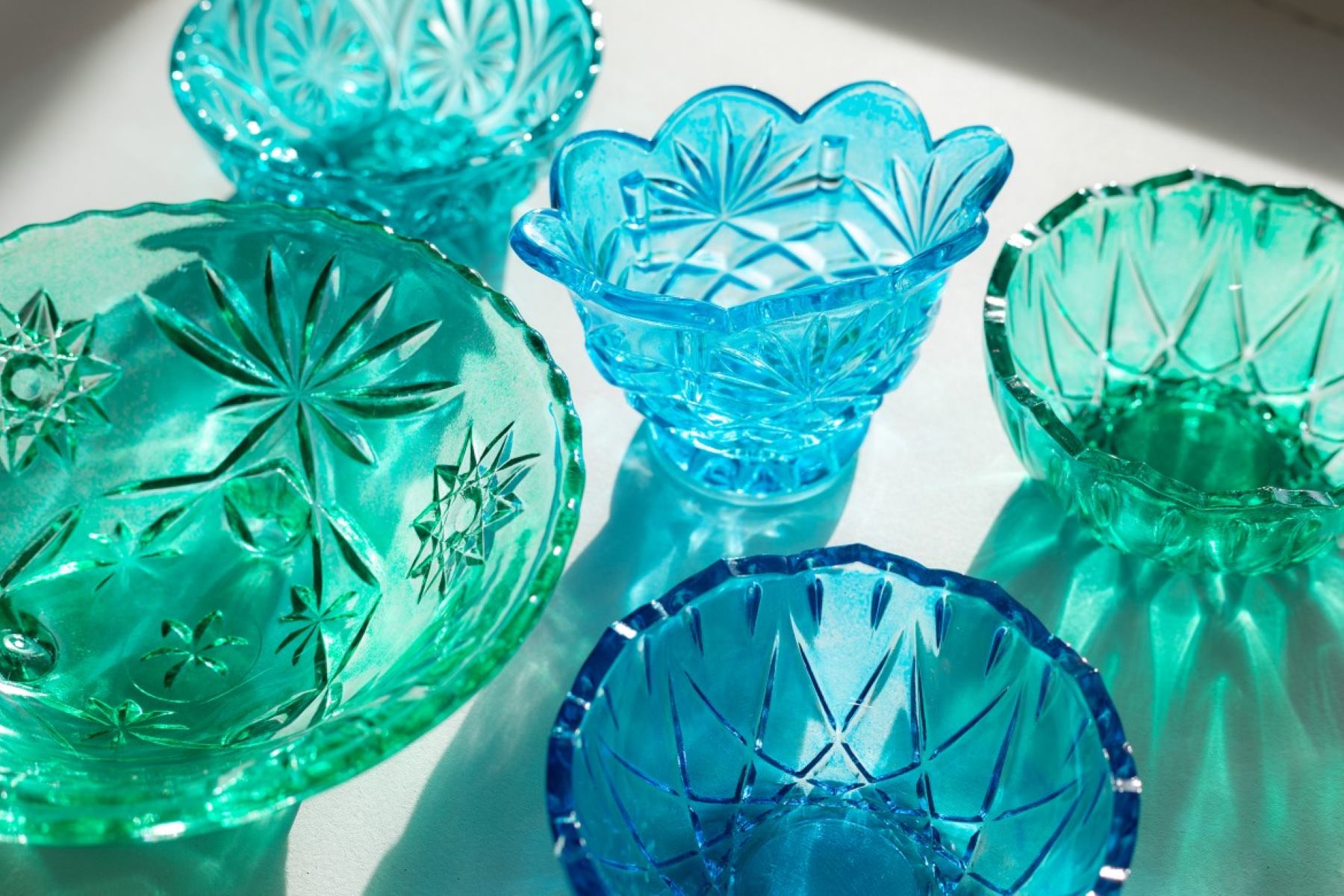

0 thoughts on “How To Seal Glass In Window Frame”